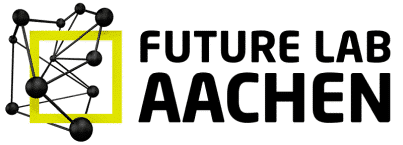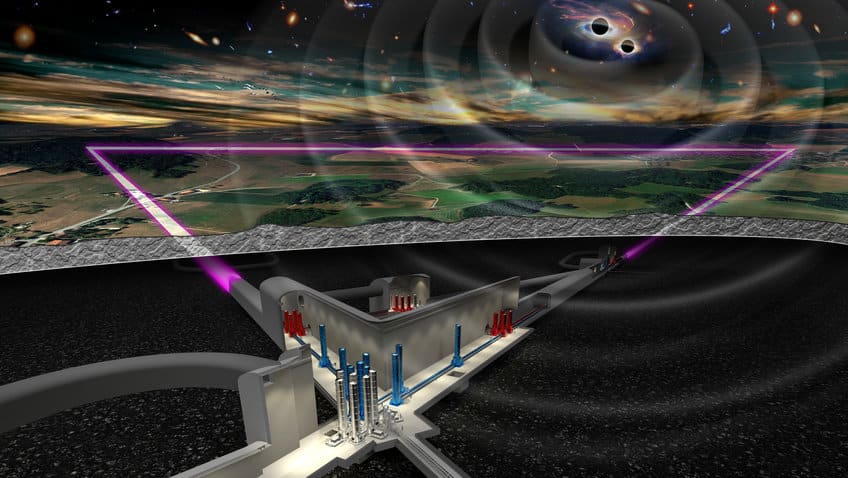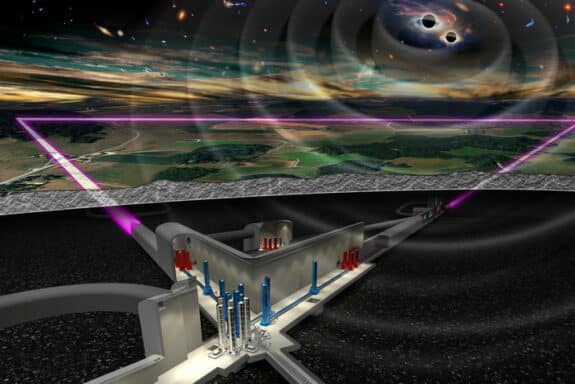The Einstein Telescope is a next-generation European gravitational wave detector – and it could be built in the Euroregion. Investigations are underway.
Scientists, including some from RWTH Aachen University, have been working on the development of the Einstein telescope for several years. It will help researchers to explore the nature of neutron stars, the formation of black holes and the structure of the universe immediately after the Big Bang. With these new findings, physicists want to test Einstein’s theory of relativity more precisely than ever before. One possible location for the underground observatory is Aachen’s nearby border triangle, the “Dreiländereck”.
Measurements 10 times more precise
The telescope is capable of measurements that are at least ten times more accurate than would be possible with today’s detectors. This makes it possible to search a thousand times larger area of the universe for gravitational waves and to detect sources that are too weak to be detected by current-generation detectors.
The geological institutes of the RWTH are exploring the underground, and engineers and physicists from the RWTH are jointly developing technologies such as new types of vacuum tubes or actuators and sensors for adjusting the mirrors.
Worldwide, there will only be two next-generation gravitational wave observatories in the coming decades: the Cosmic Explorer in the USA and the Einstein Telescope in Europe. The NRW state parliament has now paved the way for a possible implementation in the border triangle. Another European location being considered is Sardinia.
Background:
The age of gravitational wave astronomy began in 2015 with the first measurement of gravitational waves. From the very beginning, German scientists played a leading role in the gravitational wave research that won the Nobel Prize in Physics in 2017. The Max Planck Institute for Gravitational Physics (Albert Einstein Institute, AEI), with which RWTH Aachen University cooperates closely, is particularly worthy of mention here.
13.11.2020




